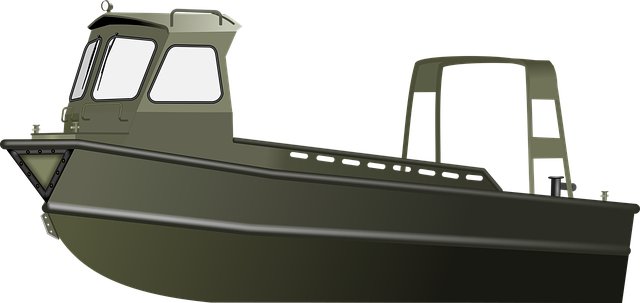Biofouling is a problem faced by many industries, particularly those that deal with water. It is particularly considered a nuisance in the maritime industry where majority of operation takes place at sea. The damage biofouling can cause to ocean vessels and docks can be enormous and expensive, especially if left to spread for years.
Cause of Biofouling
The main cause of biofouling is the formation of microbial films. Natural laws dictate that microorganisms, such as bacteria and algae, can grow rapidly and colonize surfaces when the right conditions are met. They sequester nutrients from water and quickly convert them into new biomass, which is why growth increment can be easily noticeable.
Biofouling often occurs in industrial systems as these places usually have enough space to support the spread of biofilm. Organisms can grow even faster if the industrial process involves the use of biodegradable substances. In the case of ships and docks, their constant exposure to seawater, where all sorts of microorganisms live, is the cause of biofilm development, and eventually biofouling.
Several issues can be associated with biofouling:
Lack of monitoring and warning system. As previously mentioned, biofilms can spread really fast. If not properly monitored, they can exceed the tolerable limit, making them very difficult to eliminate. Biofilm growth can be monitored through ocular inspection or the use infrared devices that show heat register.
Countermeasure is preferred. Most companies prefer to simply deal with the biofilms when they’re already existing. They seem to underestimate the damage biofilms can do to their operation. Apart from having to spend huge sums of money on disinfection, the microorganisms can make their way to the machines and damage them, leading to very costly downtime.
Dealing with the Problem
For years, and even now, a lot of industries immediately resort to countermeasures when dealing with biofouling. Ship builders at present have found a way to reduce, if not completely prevent, the formation of biofilms to address biofouling on ships. Instead of leaving ships constantly moored at ports for cleanup, they decided to simply replace the covering material of ships with something that resists microorganisms. This is an efficient way to handle the problem, as it saves ship owners the time and money needed for constant upkeep of their vessels.
Using Muntz Metal
Also known as Yellow metal, Muntz metal is one of the newest and most preferred materials for making ship plating. It is a type of alpha-beta brass that consists of about 60% copper, 40% zinc, and a trace of iron. Most brasses have less copper and more zinc, making them less resistant to rusting.
Because Muntz metal has more copper, it also has higher antimicrobial property, the quality needed for preventing microorganisms from triggering biofilm formation. The iron in Muntz metal helps increase the metal’s compressive and tensile strength. Since it has less zinc content, it is also less susceptible to dezincification, a type of corrosion that leaches out zinc from brass.
Muntz metal is perfect for maritime applications because it is highly resistant to saltwater corrosion. Saltwater is known for being ten times more effective in corroding materials than water. This means ships made of Muntz metal are tougher, extending the lives of ships for a couple or more decades.
Even in simple construction projects that involve the use of metal, Muntz metal can be utilized. What’s good about this metal is that, even if it is used for exclusive industrial applications, it is accessible from local suppliers. If you’re looking to use this metal for your own projects, make sure to get your materials from a trusted supplier, such as Rotax Metals.
Source:
Why Microorganisms Live in Biofilms and the Problem of Biofouling, link.springer.com


